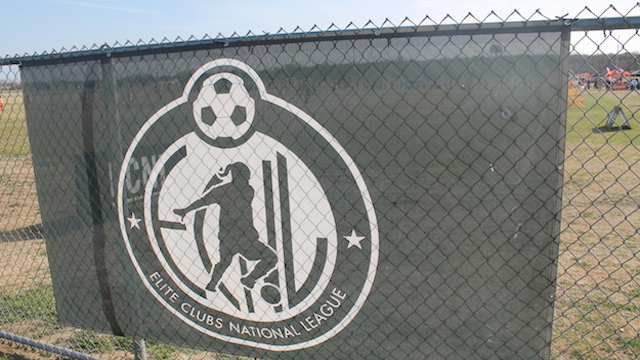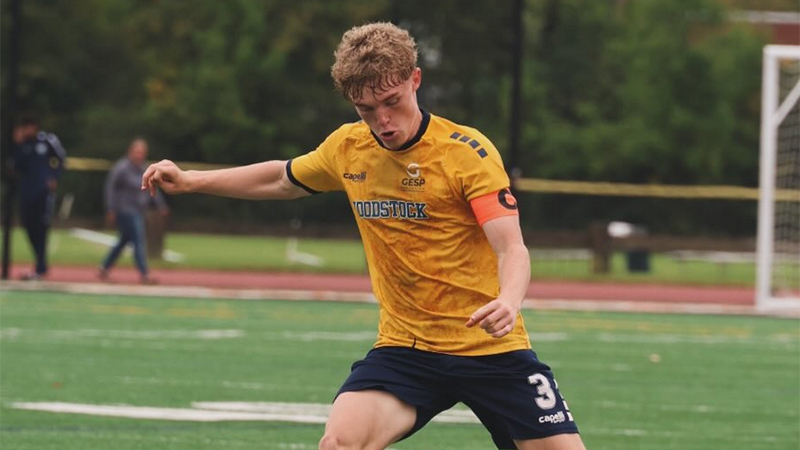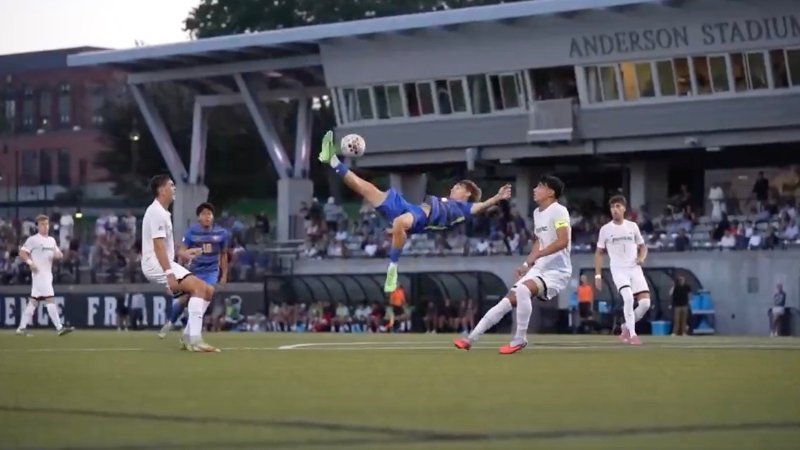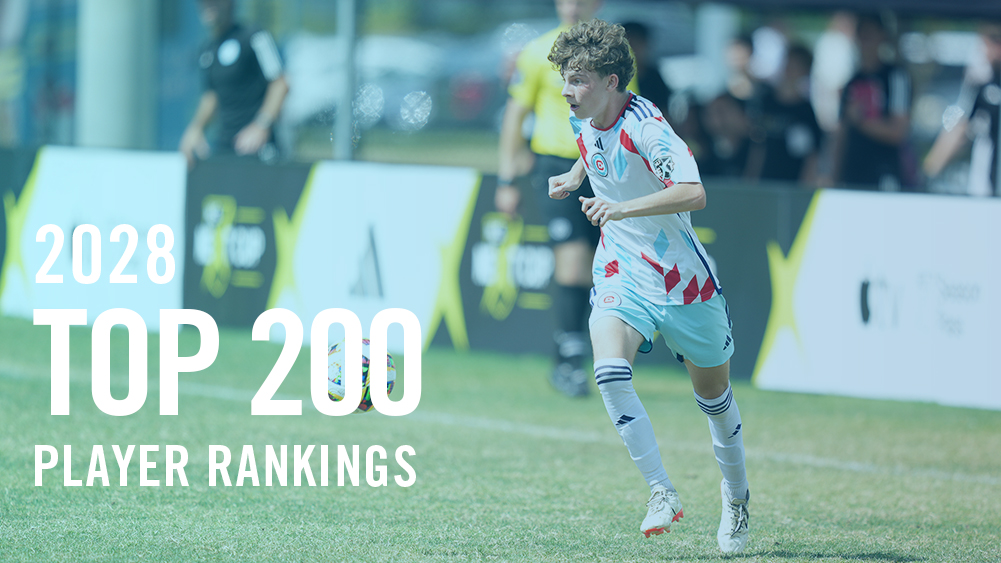The ECNL and high school walk tightrope

As each year passes, the Elite Clubs National League seems to add some speed to its growing head of steam. With 76 member clubs for the 2013-14 season, the girls answer to the U.S. Soccer’s Development Academy has flourished as the country’s premier stop for elite girls club development.
Since its founding in 2009, the ECNL has consolidated its power nationally in a girls soccer landscape previously dominated by hyper-local high school programs. That meant shorter seasons, more unbalanced games and existent but more fragmented college identification formats.
In that sense, the ECNL is beginning to grow into its next stages of life as the nation’s club league of record. Which brings about some interesting growth points. And one in particular.
In 2012, U.S. Soccer forced boys high school-aged players to choose between high school and the academy, barring a waiver. This created a highly focused atmosphere of development that hammered home the importance of more meaningful games, a 10-month schedule and a format more closely resembling that of the elite international academies. In doing so, it also drained many high schools of their best players and alienated a vocal minority.
MORE: HS/DA split still a work in progress
For now, the ECNL has kept with its original format and allows players to play for both high school and club. Will that change down the line? Maybe not tomorrow, but the league isn’t ruling out the possibility.
“We’ve talked about it. It’s been discussed,” ECNL commissioner Sarah Kate Noftsinger said. “It’s a hot topic. It’s something that gets people fired up left and right, and if you say the wrong thing you can start a wildfire. We’re in such a luxurious position. Look at the size of the United States. It’s massive. Geographically, it’s a huge country, and we have so many people. Every area of the country is so different, so saying the right thing or the wrong thing could be different in each market.”
For players and coaches, many have expressed similarly split sentiments as awareness of the topic continues to seep into the national consciousness. While the pace of the girls club game is leagues ahead of its high school counterparts in most of the country, escaping the grind to play for high school is still a valued part of the equation for a number of players.
“I don’t think I would support (a split),” said Lonestar SC U18 midfielder Katherine Uhler, a 2014 Notre Dame commit. “High school is almost a break from club. I think sometimes the high school coaches understand how serious club is, and high school can be a little bit less serious. I’ve heard the guys talk about it, and they don’t seem too happy about it. I really hope they don’t do that with ECNL.”
Doug McLagan’s perspective on the situation is unique. McLagan coaches both for Sporting Blue Valley as well as the Blue Springs High School girls side just outside Kansas City, Mo. In his view, the levity provided by high school helps keep players from mentally grinding down over the course of a long, weary club season.
“I think (high school) is good for the players, and the boys too,” McLagan said. “It’s a nice break. As a high school coach, the girls and guys get to hang out five days a week. They have sleepovers, they have pasta meals, they have times together, which we don’t do with club. We have two to three practices a week, we meet, and then on tournaments we get together. So there are some things on the high school level that are a bunch of fun that you don’t do on club. So I say have the best of both worlds.”
Still, it’s obvious that the ECNL has become more important to the vitality of the player’s future. It’s supremely difficult - if not outright impossible - to be recruited to a high-level college program by only playing high school soccer, and the level of play on offer in the ECNL is unquestionably far above what most players can find on the high school level. In that sense, a split down the middle would likely have the same effect on the girls side that it did for the boys. Players would choose club over high school in droves.
“I like high level games, and high school doesn’t offer that,” West Florida Flames U17 midfielder Abigail Kastroll said. “ECNL offers high level games and guarantees you a competitive game every time, and that’s what I like about it.”
On one hand, having players split their allegiances makes it tougher for ECNL teams to gather cohesiveness for national events and its playoff system. For instance, before Uhler’s LSC U18 side convened for the recent ECNL Texas event in Fort Worth last weekend, they hadn’t played or practiced together since December. They simply showed up in Fort Worth and jumped right into games.
When the players gathered for the first time on Friday before the team's initial game of the event, Uhler said they discussed how much quicker the pace was than high school. But that also meant a learning curve.
“We definitely don’t play as a team,” said Dallas Sting U16 coach Kioumars Rezaie, “because they go to different environments where they have different attitudes and personalities outside of club.”
Rezaie, who noted the challenges but said he’d support a split between the two, also cited the increased practice burden for his players that adds more risk for injury. Texas is currently in the midst of its high school season, so three days out of the week his players are coming to his strenuous two-hour practice sessions directly from high school practice. He said he's missing a not insignificant number of players through injury from their high school seasons.
The turbulence encountered by the Development Academy has been mostly caused by a perceived heavy-handedness and its clumsiness toward regional realities. Though rare, there are pockets of the country where high school soccer is more robust than the academies, and as Noftsinger alluded to, the ECNL is sensitive to those realities.
The difference, perhaps, is that it’s tougher to make a pointed argument that the women’s development apparatus is coming up short. While boys soccer development in the U.S. is frantically trying to catch up with the world’s elite systems, girls development here is merely trying to hang on to its position as arguably the world's best consistent producer of women's talent. While the U.S. hasn’t won a World Cup in nearly 15 years, it’s hard to point the finger at the talent funneling through the developmental ranks.
Whether or not that makes the stakes any higher is up for debate. But it certainly focuses the lens on where the ECNL goes from here.
“Right now, where we are, we do everything we can to take teams’ schedules into consideration,” Noftsinger said. “Are you going to have some overlap here and there? Yes, you are. But that’s because there’s only 365 days in the calendar year. That’s where educating players on taking care of their bodies and not being afraid to say the word no. Taking care of their bodies is an important part of being a player. It comes back to the word of balance. What is balance?”
A question the league will do its best to answer in the coming years.
Headlines
- Recruiting Roundup: December 22-January 4
- Vote for Men's College Soccer Best Goal
- 2026 Women's Division I Transfer Tracker
- Vote for Women's College Soccer Best Goal
- 2025 TDS Men's College Goal of the Year
- Club Soccer Player Rankings: Boys 2028
-
Top Uncommitted 2026 Boys Players

- TDS Fall High School Boys Best XI
- TopDrawerSoccer TeamRank Update - Boys
- TDS Fall High School Girls Best XI



